Visually Impaired Gardens - How To Create A Fragrant Garden For The Blind
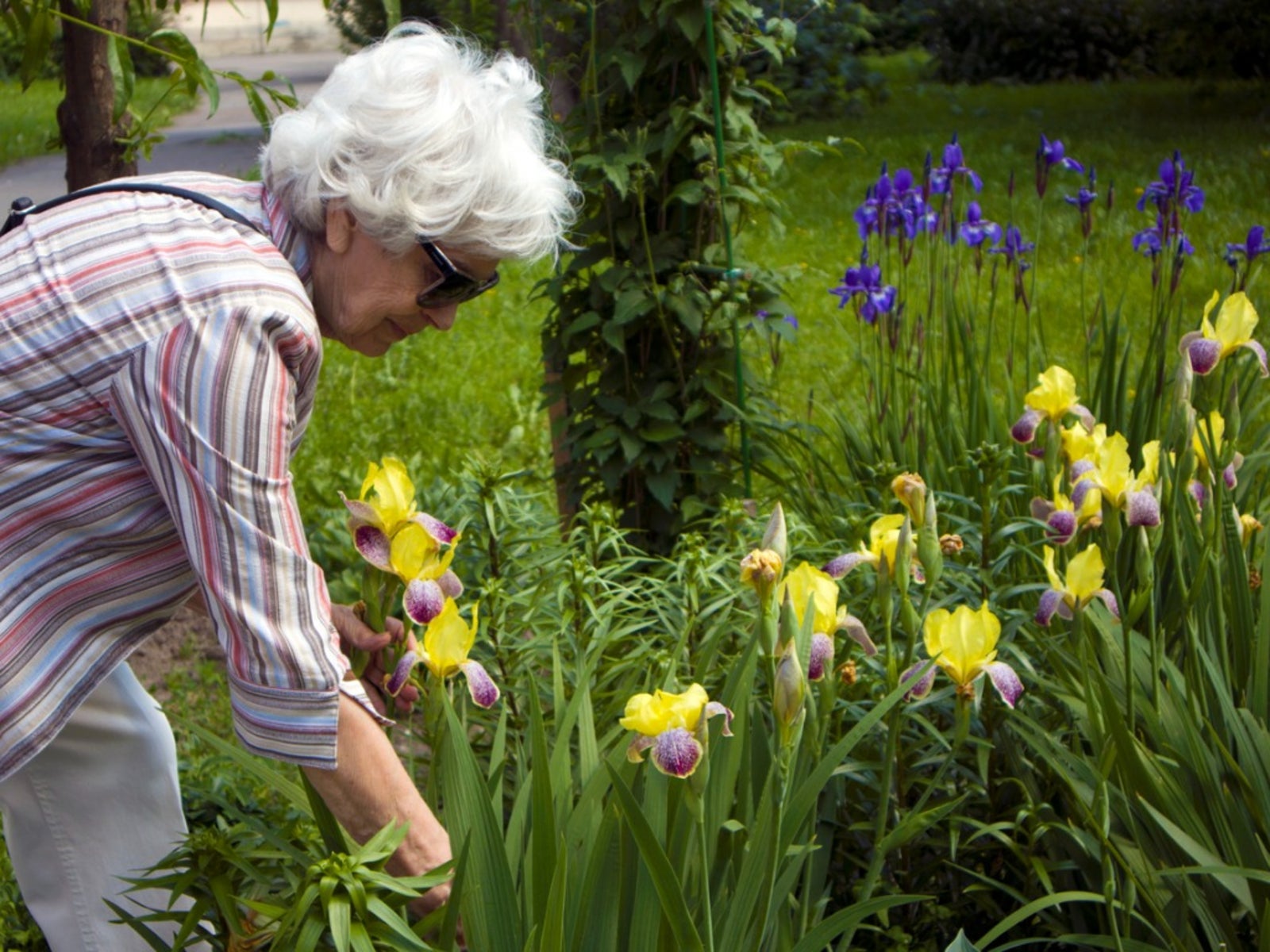

Visual impairment, whether mild or complete, affects many millions of people worldwide. While some people might think that such a handicap would prevent the enjoyment of leisure activities like gardening, the visually impaired prove to be a resilient lot, adapting in ways that can astound and inspire. Learn more about gardens for blind people and how to create your own visually impaired gardens.
Visually Impaired Gardens
A garden for the blind, or for those with diminished sight, is one that appeals to all the senses without overwhelming them. In fact, garden plants for visually impaired individuals include those that can be touched, smelled, tasted, or even heard. It's a well maintained and easily navigated refuge with appropriate tools accessible at a moment's notice. With careful planning and proper maintenance, visually impaired gardens are a place of beauty and efficiency that allow the gardener to be completely independent every step of the way.
Creating a Visually Impaired Sensory Garden
When creating a visually impaired sensory garden or fragrant garden for the blind, you need to consider these design elements:
- Walkways- Your design should be simple, with straight pathways and landmarks such as décor, shrubs, or change in walkway texture to mark any change in direction. Railings should accompany any change in topography and begin a few feet (1 m.) before inclines or declines.
- Plant Beds- Make garden plants for those visually impaired accessible by creating ground-level borders and beds that are no more than 3 feet (1 m.) in width. The object is to allow the gardener to reach the center of the bed area from either side. Using small groups of beds in straight rows will make locating plant types easier. You can also consider grouping by color for those with only diminished sight.
- Scent- Obviously, gardens for blind people should appeal to your sense of smell, but be careful when selecting scented garden plants. For the visually impaired with a heightened sense of smell, too much odor can be offensive. When used correctly, however, the distribution of scent can aid in locating different areas of the garden as well as providing a fragrant garden for the blind. Using wind chimes or waterfalls can help to guide with sound.
- Tools- Purchase tools with short handles whenever possible. This will allow the user to cultivate with one hand while leaving the other free to explore the garden. Again, bright colors are important for those with limited sight. If your local hardware store doesn't provide brightly colored tools, they probably have bright paint. The visually impaired should never have to go searching for tools. Use tool pouches or buckets so they can be carried along. Tying short ropes to handles can help recover dropped or misplaced tools.
Gardening tips, videos, info and more delivered right to your inbox!
Sign up for the Gardening Know How newsletter today and receive a free copy of our e-book "How to Grow Delicious Tomatoes".

Jackie Carroll has written over 500 articles for Gardening Know How on a wide range of topics.
-
 How To Make A Bouquet Garni Or Herb Bundle For Cooking
How To Make A Bouquet Garni Or Herb Bundle For CookingIf you’re a great cook, you may have made an herb bundle before. If this is a new idea, learn how to add sparkle and interest to your dish with a bouquet garni.
By Amy Grant
-
 ‘Coral Charm’ Peony Care For Sublime Semi-Double Peonies With Lush Salmon Pink Flowers
‘Coral Charm’ Peony Care For Sublime Semi-Double Peonies With Lush Salmon Pink FlowersPeonies are known for their soft baby pink or magenta tones, but if plushy coral blooms are your thing, here’s our guide to the ultimate ‘Coral Charm’ peony care
By Tonya Barnett
-
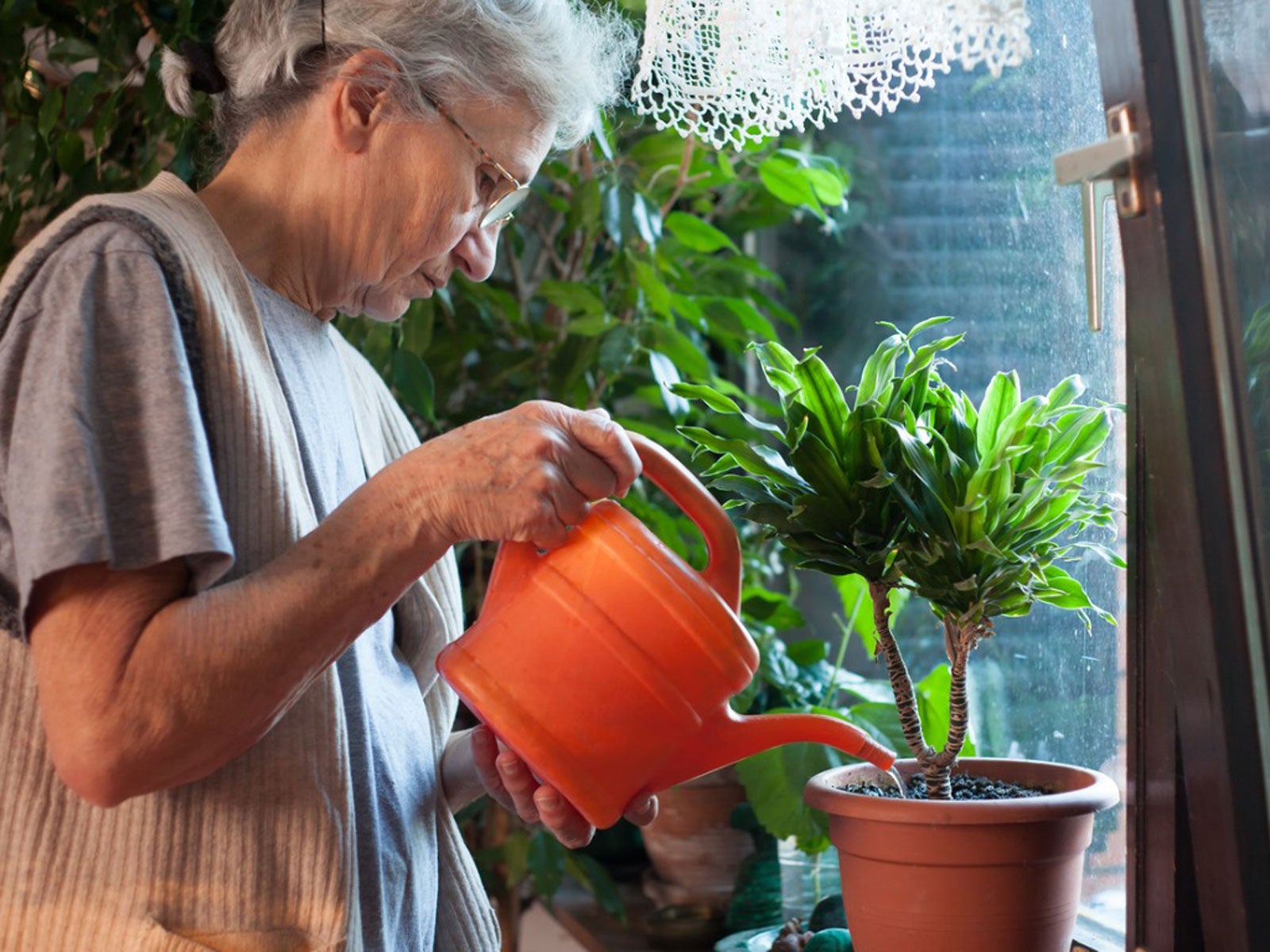 Seniors And Houseplants: Indoor Senior Gardening Ideas
Seniors And Houseplants: Indoor Senior Gardening IdeasIndoor gardening for seniors can help with depression, stress, and loneliness, especially while social distancing. Here are ideas.
By Mary H. Dyer
-
 Psychiatric Health Garden – Designing Gardens For Mental Health Patients
Psychiatric Health Garden – Designing Gardens For Mental Health PatientsClose your eyes and imagine yourself sitting in your dream garden. Does this visualization make you feel calm and relaxed? This is the concept behind planting gardens for mental health. Learn more about garden therapy and psychiatric health gardens in this article.
By Darcy Larum
-
 Healing Garden Ideas – How To Make A Healing Garden
Healing Garden Ideas – How To Make A Healing GardenEven gardens filled with nothing but ornamental plants can have some medicinal and healing value – a collection of plants meant to soothe and heal the mind and body are known as healing gardens. Click here for some healing garden ideas to help get you started.
By Darcy Larum
-
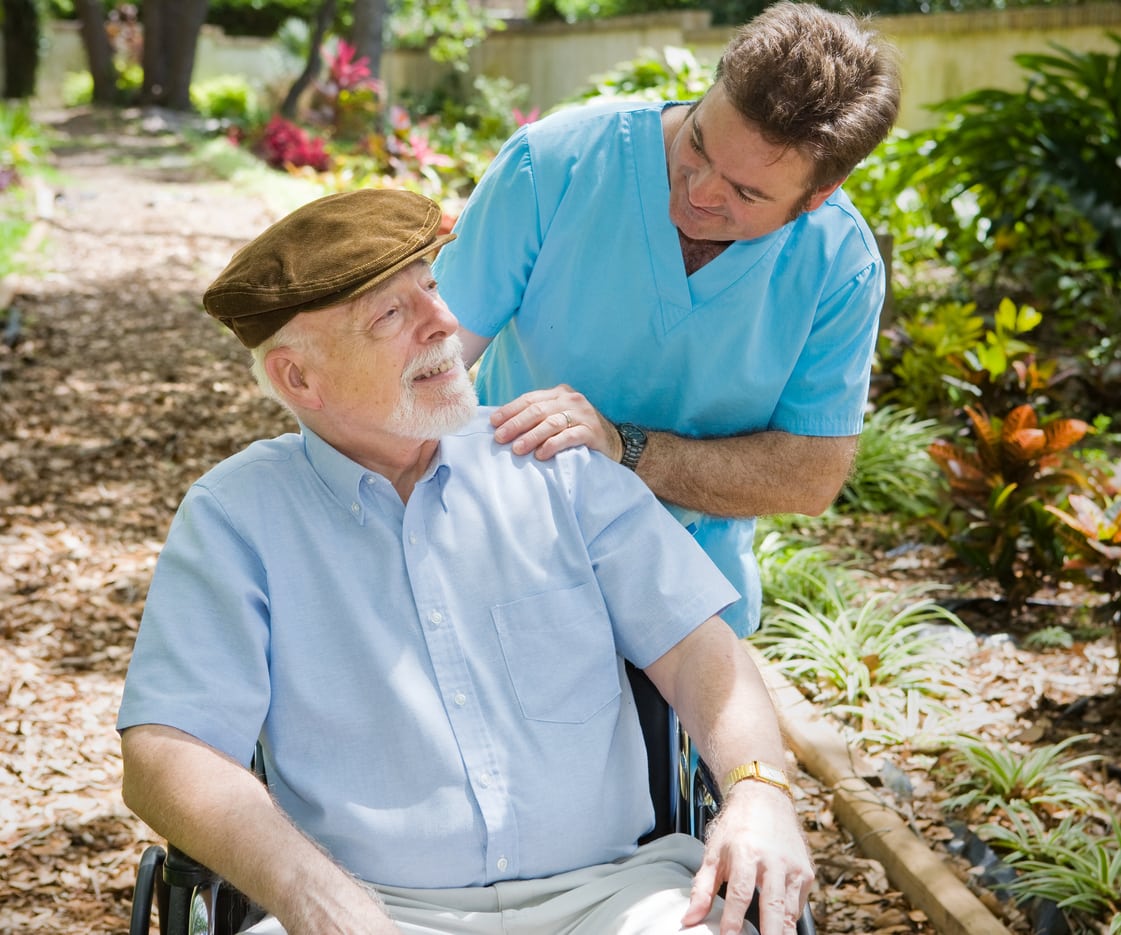 What Is A Memory Garden: Gardens For People With Alzheimer’s And Dementia
What Is A Memory Garden: Gardens For People With Alzheimer’s And DementiaPeople with dementia or Alzheimer's disease will glean a host of positive experiences from participating in the garden. Designing a memory garden allows them to enjoy exercise and fresh air as well as stimulate the senses. Learn more in this article.
By Bonnie L. Grant
-
 Hospice Garden Ideas – Learn About Gardens And Hospice Care
Hospice Garden Ideas – Learn About Gardens And Hospice CareBecause of their therapeutic benefits, gardens for those in hospice care are often incorporated into the facility. What is a hospice garden? Click here to find out about the relationship between gardens and hospice and how to design a hospice garden.
By Amy Grant
-
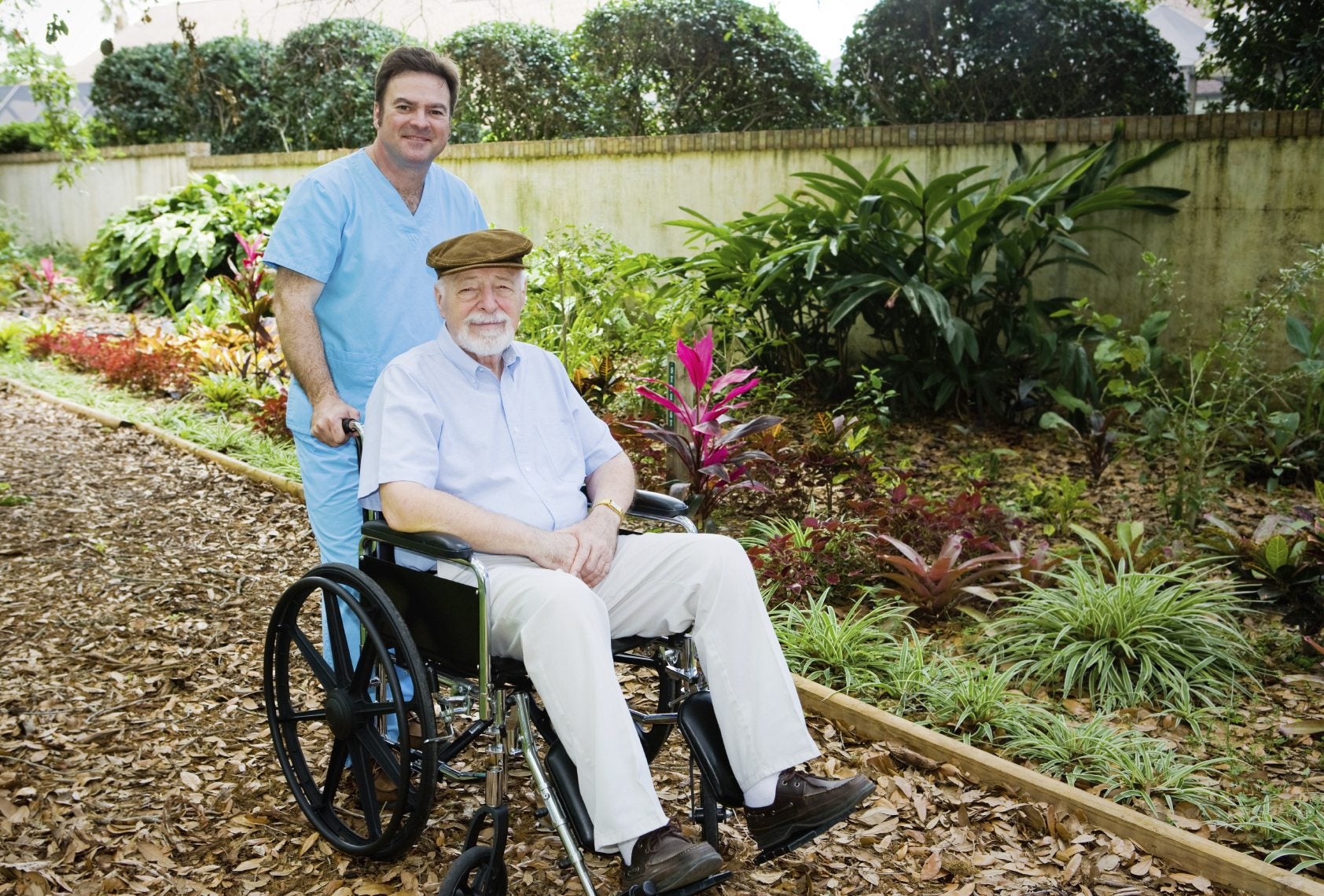 Senior Home Garden Activities: Gardening Activities For The Elderly
Senior Home Garden Activities: Gardening Activities For The ElderlyMore senior home garden activities are being offered to elderly residents of retirement homes and nursing homes, and even to patients with dementia or Alzheimer's. Click here to learn more about gardening activities for the elderly.
By Teo Spengler
-
 Gardening While Pregnant: Is It Safe To Garden When Pregnant
Gardening While Pregnant: Is It Safe To Garden When PregnantGardening while pregnant is an enjoyable way to get the exercise you need to stay healthy during pregnancy, but this form of exercise isn't without risk. Learn more about gardening during pregnancy in this article.
By Jackie Carroll
-
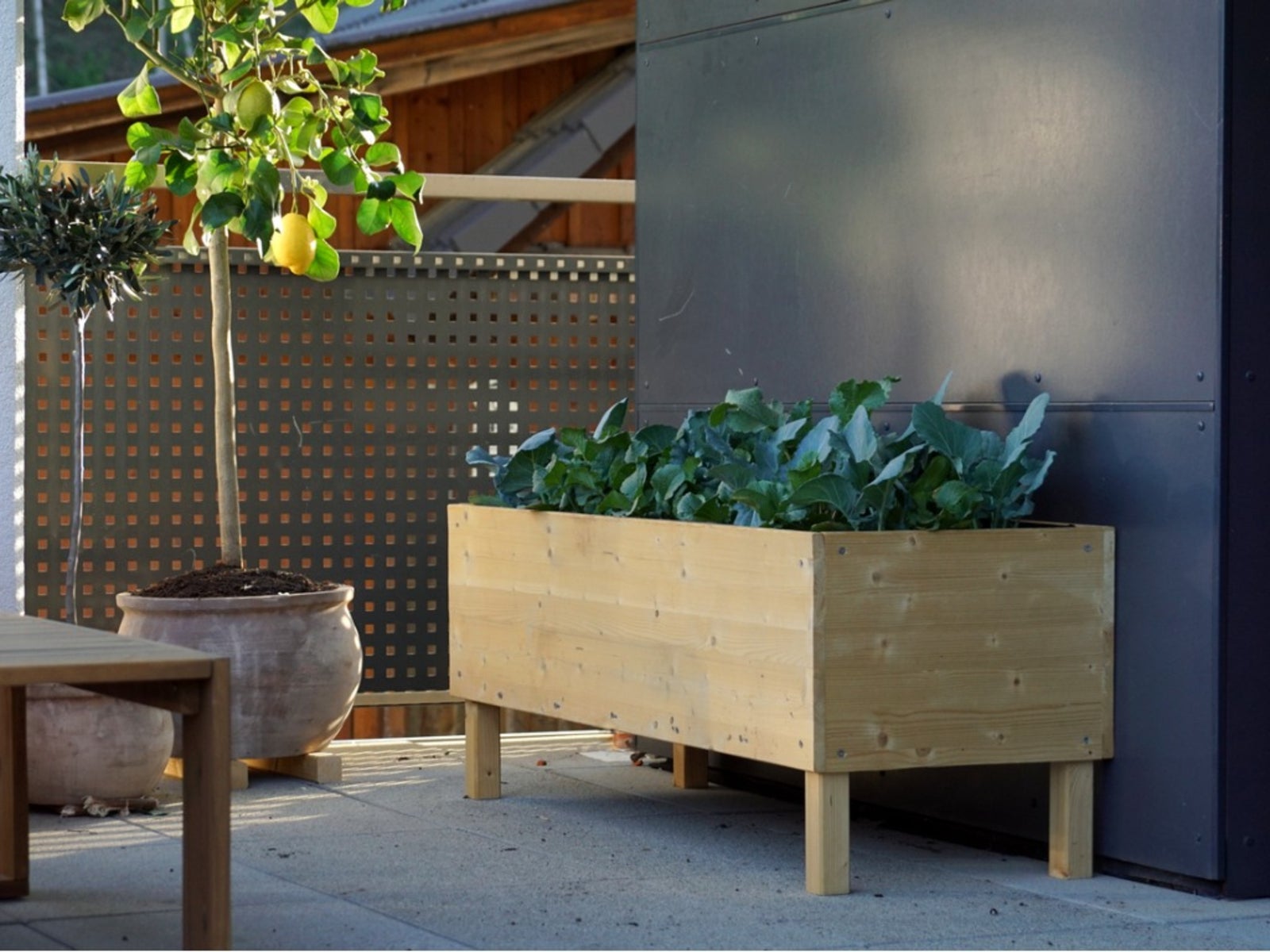 Table Garden Design: How To Build Table Garden Boxes
Table Garden Design: How To Build Table Garden BoxesWhen gardening becomes difficult, either through growing older or due to a disability, it may be time for a table garden design in the landscape. This article can help with that. Click here to learn more.
By Susan Patterson